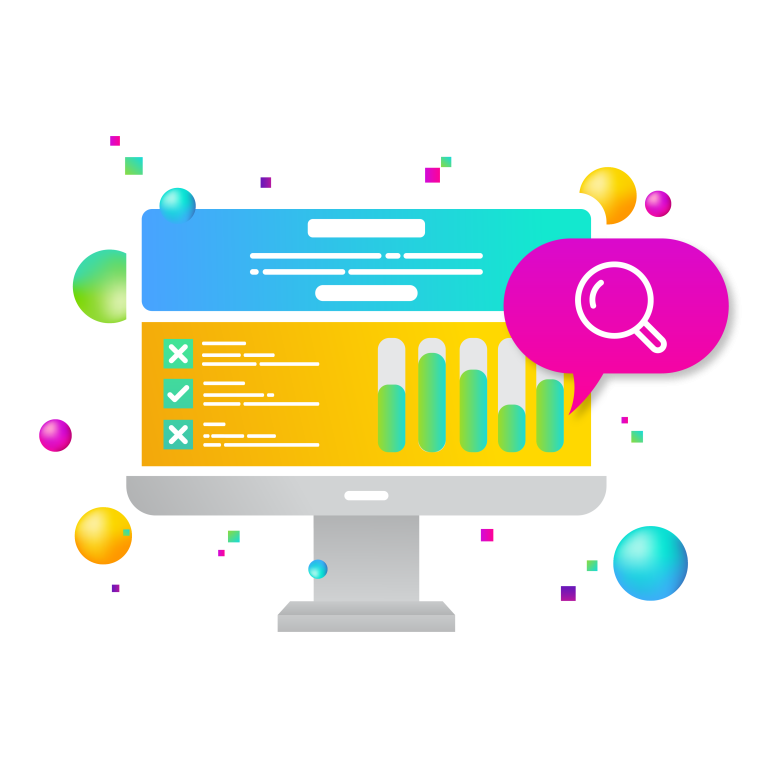Artificial Intelligence (AI) is revolutionizing the marketing industry and providing an unprecedented level of insight into customer behavior. By leveraging AI, marketers are able to gain a comprehensive understanding of their target audience, which enables them to craft more effective strategies for reaching and engaging potential customers.

Nine ways AI is helping marketers create better campaigns.
1. Personalization
With AI-driven personalization, marketers can tailor content and messaging to individual users based on their past behaviors. For example, if a customer visits a website multiple times without making any purchases, an AI-powered system could recognize that behavior and offer a promotional discount or other incentive to encourage them to make a purchase. This kind of personalized approach has proven to be far more successful than traditional mass marketing tactics.
2. Data Analysis
AI algorithms can quickly analyze large volumes of data and provide insights that would be impossible for human analysts to glean on their own. For example, an AI algorithm could identify patterns in customer purchase behavior that indicate they may be interested in certain products or services, allowing marketers to create targeted campaigns aimed at those customers. Similarly, AI can detect trends in social media conversations and help marketers understand what people are saying about their brand or industry.
3. Ad Optimization
AI can also help optimize ad campaigns by analyzing user responses and automatically adjusting ads based on performance metrics such as click-through rates or conversion rates. This allows marketers to quickly identify which ads are performing well and adjust their budgets accordingly. Additionally, using AI for ad optimization reduces the need for manual adjustments, freeing up time for other tasks like content creation or strategy development.
4. Automation
AI systems can automate many tedious tasks such as responding to customer inquiries, tracking data across various platforms, or creating fresh copy. This not only saves time but also helps ensure accuracy by eliminating human error from the equation.
5. Predictive Analytics
Predictive analytics is one of the most powerful applications of AI in marketing because it allows marketers to anticipate customer needs before they even arise. By leveraging predictive analytics, marketers can develop proactive strategies rather than reactive ones—which means they have a better chance of staying ahead of the competition in terms of customer acquisition and retention efforts.
6. Automated Email Campaigns
AI can be used to create automated email campaigns that are triggered by certain user behaviors or events in order to maximize engagement with customers.
7. Customized Recommendations
AI-driven recommendations help marketers understand what products or services each user might be interested in based on their past behavior and preferences, making it easier for them to suggest relevant products or services that may appeal to each customer’s individual tastes or needs.
8. Optimized Advertising Strategies
Through predictive analytics and machine learning algorithms, AI can help optimize advertising strategies by predicting which types of ads will best reach a target audience based on their past behavior or interests.
9. Real-time Insights into Performance
With real-time insights into performance data such as click-through rates, conversion rates, cost per click (CPC), cost per acquisition (CPA), etc., marketers can quickly identify which campaigns are working well and adjust their strategies accordingly.
Conclusion
Through advanced artificial intelligence algorithms, the marketing industry now has access to unprecedented levels of insight into customer behavior and preferences—allowing them to craft more effective strategies that deliver higher ROI than ever before possible. From personalization and data analysis to automation and predictive analytics, AI has completely revolutionized how brands interact with their customers and this trend will continue as technology advances even further in coming years.



